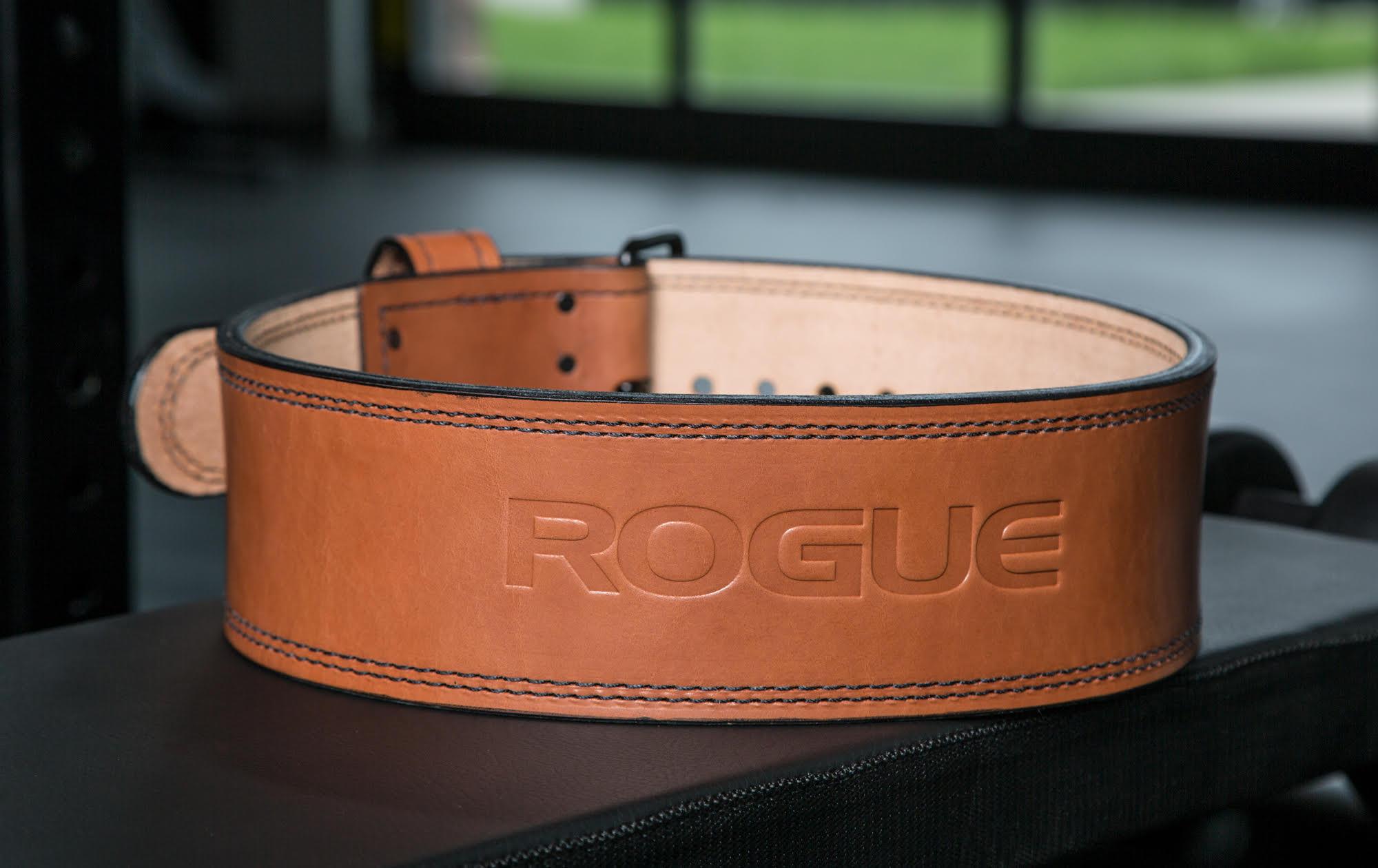Powerlifting: When to wear a belt
You ideally wear a belt in competition and selected cycles of training. Avoid wearing it all the time.
What is your why
Before we go into the details of when to wear a belt for powerlifting, let me ask out a couple of questions:
-
Why do you want to lift
-
Why do you want to change your body
-
What happens when you do
-
What happens if you don’t
These are key questions for your personal success and failure. Research shows that people who write down their goals and reflect on them are more likely to make them a reality. When was the last time you did this? Can you even remember? If you can not it is time to get a pen and paper and start. Many people go about their lives like this:
-
What do I want
-
How do I get it
-
Why do I want it
This will leave you confused and without focus. Chasing what you want is futile and the road to damnation. What you want changes hundreds of times a day depending on what you see, hear, smell, taste, and feel. Your body will immediately and instinctively comply with the sensory input. As we are living in a world of sensory overload this will leave your mind splattered across the canvas of life. You will run in every direction to arrive nowhere. The result will be frustration and misery. Something interesting happens when you flip these questions on their head:
-
Why do you want something
-
How do you get it
-
What needs to be done
This way you create a bias towards long term goals and outcomes. Your thoughts and actions will become more connected and success will follow. If you want to know how this works on a psychological level read Daniel Kahneman's thinking fast and slow. Simon Sinek's Ted talk on the golden circle will change your life.
It all starts with better habits and rituals. A good way to form them is keeping a journal. I am using the self journal from best self for two years now. Since then my marriage and salary have dramatically improved. You can check it out via this link.
What a belt does
A lifting belt stabilizes and strengthens your midsection in three ways. The first is that the belt in itself is more rigid than the tissue you have in the area. This already creates a more solid cylinder. The second is that you will be able to press against it to create more tension in your might section. This further helps to be more stable during the lift. The last point is that it keeps your spine and place and provides support to keep it straight. All of these effects combined usually enable you to lift 5% to 10% more than you would without a belt.
Competition
Wearing a belt in a competition is mandatory. You can go without one, but that usually means that you leave valuable kilos on the platform against your competitors. Wear a belt in competition to be the best you can possibly be while staying within the rules.
Training
Wearing a belt in training can be tricky and there are several approaches to it:
The first one is the most obvious choice. If you compete in a belt you should train in one to simulate competition as closely as possible. While this logic cannot be denied it leaves out one thing I had to learn the hard way. The rest of your body will get stronger faster than your abs if you always train with a belt. You might think that this is bad for getting ripped, but that is more a function of the kitchen than the gym. What this is bad for is that you injure yourself in the long run because the weak tissue in your belly area will rip. At least that is what happened to me. Painful and avoidable if you are smarter about when to use a belt.
Only lifting on the top sets with a belt is a good solution at first glance. Do all of your work and warm up sets without a belt only to lift the heaviest of the day with one. While this strikes a great balance to get stronger and protect your abs, it is annoying to run a program like that. You will always be a little unsure about how to calculate your numbers for the sessions if you have to base it on data which is partly done with a belt and partly without.
The more I have gone to now is to alternate my cycles belt off / belt on. My training cycles are usually three to six months long. In that period I either stick with a belt or leave it off for the entire cycle. For the next cycle, I swap. This way I train my proficiency in both ways without wrecking my head too much about weight selection within a cycle.
Powerlifting when to wear a belt
In competition and selected cycles for training.


